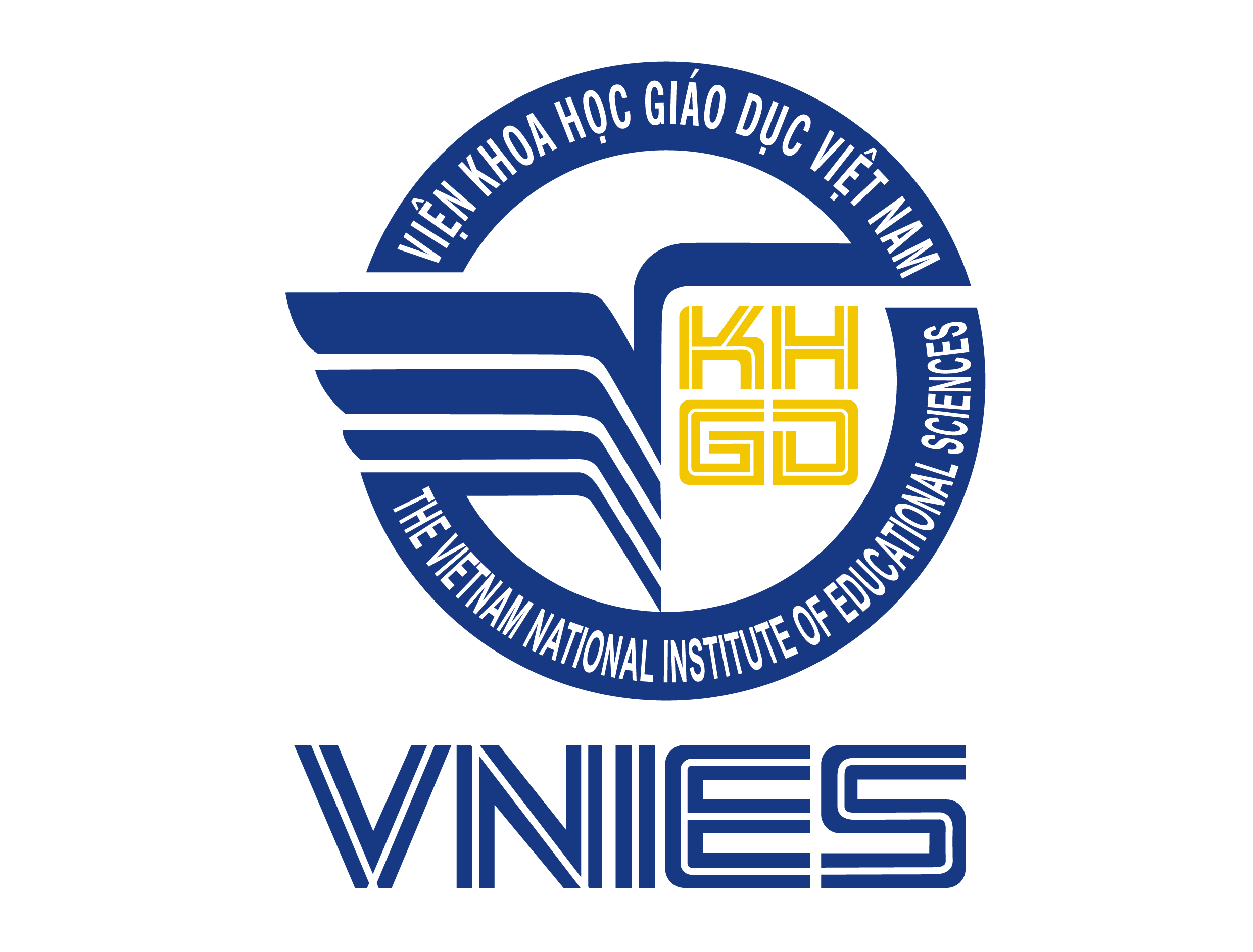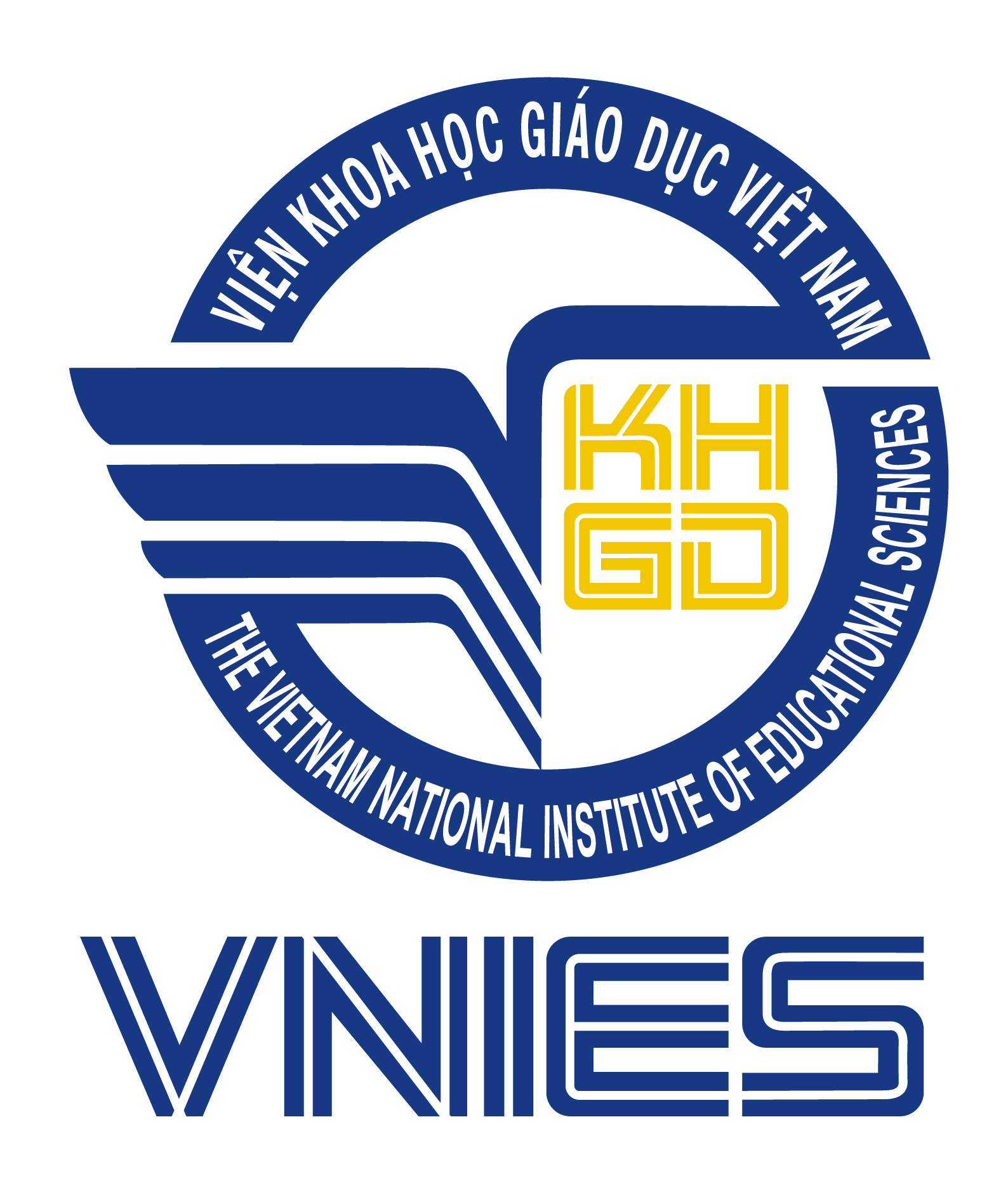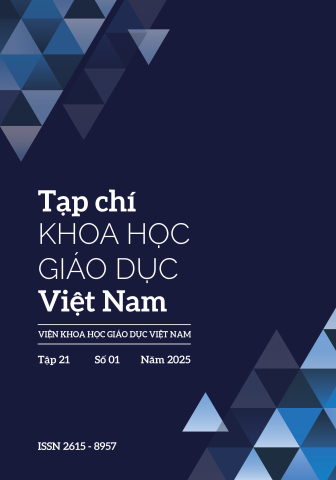[1] Barr, A., Feigenbaum, E. A., & Cohen, P. R. (Eds.). (1981). The handbook of artificial intelligence (Vol. 3). HeurisTech Press
[2] Klebanoff, M. A. (2009). Association between swimming lessons and drowning in childhood: a casecontrol study. Archives of pediatrics & adolescent medicine, 163(3), 203-210. https://doi:10.1001/ archpediatrics.2008.563
[3] Đặng Ứng Vận, Đặng Khánh Hội, & Lê Thị Huyền Trang. (2022). Ứng dụng trí tuệ nhân tạo xác định chuẩn đầu ra của chương trình đào tạo đáp ứng năng lực của các vị trí việc làm. Trong Hội thảo khoa học quốc gia (UNC): Nghiên cứu và giảng dạy ngoại ngữ, ngôn ngữ và quốc tế học tại Việt Nam (Quyển 1, tr. 600–609). NXB Đại học Quốc gia Hà Nội.
[4] Đinh Thị Mĩ Hạnh & Trần Văn Hưng. (2021). Trí tuệ nhân tạo trong giáo dục: Cơ hội và thách thức đến tương lai của việc dạy và học ở trường đại học. Tạp chí Khoa học và Công nghệ, Đại học Đà Nẵng, 19(2), 38–42.
[5] Grassini, S. (2023). Shaping the future of education: Exploring the potential and consequences of AI and ChatGPT in educational Settings. Education Sciences, 13(7), Article 692. https://doi.org/10.3390/ educsci13070692
[6] Greenwood Dictionary of Education. (n.d.). Educational materials. Greenwood Press.
[7] Luckin, R., & Holmes, W. (2016). Intelligence unleashed: An argument for AI in education. Pearson.
[8] Luckin, R., Holmes, W., Griffiths, M., & Forcier, L. B. (2018). Artificial intelligence in education: Promises and implications for teaching and learning. Proceedings of the National Academy of Sciences, 115(27), 6631-6632.
[9] Popenici, S. A., & Kerr, S. (2017). Exploring the impact of artificial intelligence on teaching and learning in higher education. Research and practice in technology enhanced learning, 12(1), 22. https://doi.org/10.1186/s41039-017-0062-8
[10] Stanley, T., & Moran Dr, K. (2017). Parental perceptions of water competence and drowning risk for themselves and their children in an open water environment. International journal of aquatic research and education, 10(1), 4. https://doi.org/10.25035/ ijare.10.01.04
[11] Nguyễn Thanh Đề (Chủ biên), Phùng Khắc Bình, Nguyễn Nho Huy, & Phạm Văn Tịnh. (2021). Tài liệu hướng dẫn giáo dục phòng tránh đuối nước cho học sinh. NXB Giáo dục Việt Nam
[12] Nguyễn Danh Khoa (Biên soạn). (2023). Sách giáo dục kĩ năng phòng chống tai nạn thương tích: Hướng dẫn dạy bơi, phòng tránh đuối nước cho trẻ em, học sinh trong các cơ sở giáo dục. NXB bản Thông tin và Truyền thông
[13] Thu Phương. (2022). Phòng, chống đuối nước trẻ em: Nhiều nỗ lực lớn, hiệu quả chưa cao. Cổng thông tin điện tử Quốc hội Nước Cộng hoà Xã hội Chủ nghĩa Việt Nam. https://quochoi.vn/pages/timkiem.aspx?ItemID=71247
[14] Woolf, B. P. (2010). Building intelligent interactive tutors: Student-centered strategies for revolutionizing e-learning. Morgan Kaufmann
[15] World Health Organization (WHO). (2021). Drowning: Fact sheet. Truy cập từ https://www.who.int/news-room/fact-sheets/detail/drowning
[16] Zawacki-Richter, O., Marín, V. I., Bond, M., & Gouverneur, F. (2019). Systematic review of research on artificial intelligence applications in higher education–Where are the educators? International Journal of Educational Technology in Higher Education, 16(1), 1-27. https://doi. org/10.1186/s41239-019-0171-0


